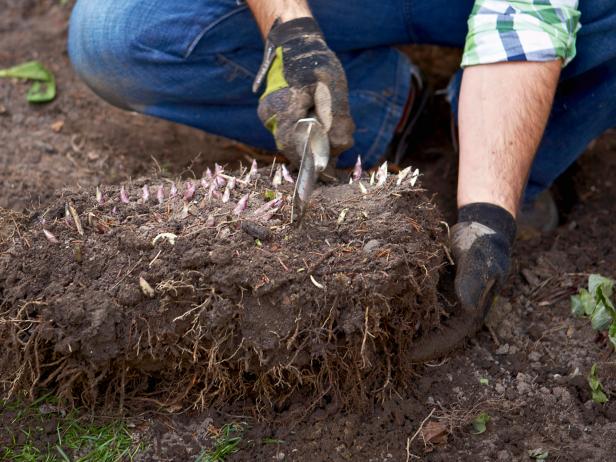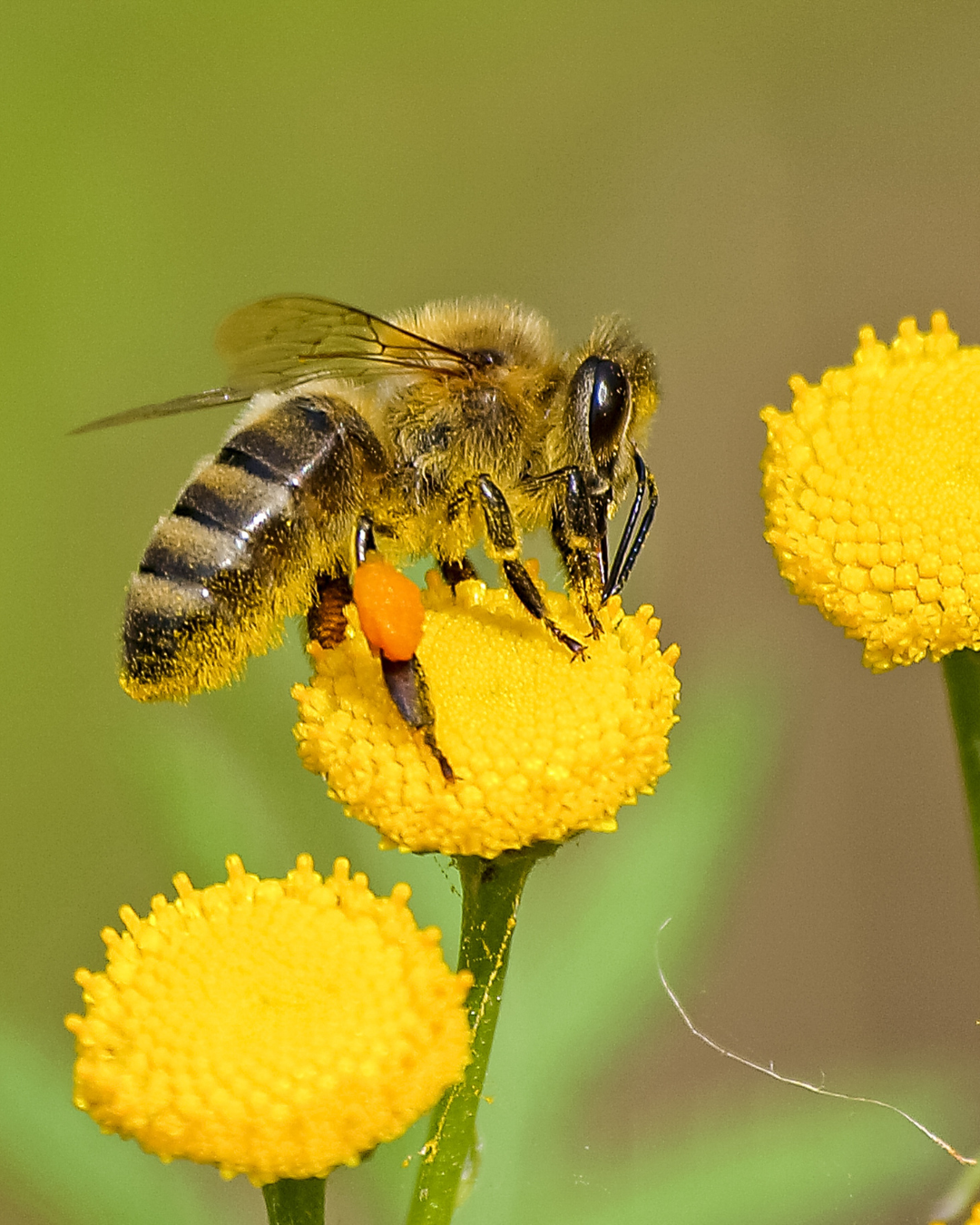
If you are looking for a productive task to do right now in your garden, let me suggest one of the best gifts you can give your plants, or your neighbour - divide your perennials ! Early spring is a perfect time to divide those perennials that are getting too overgrown. For example , if you have been enjoying your perennial grasses, but you have noticed that some of the plants are getting a bit thin in the middle , it is time to divide. Not only will your intervention restore order and create more plants, it will also rejuvenate the perennial to be divided.
Despite how dividing a plant may look and feel to you, it’s truly beneficial to the plant. The deed will jump start new root growth. Young roots are more efficient at taking up water and nutrients. An added benefit: because root mass is removed, all plants in the area will profit from less competition for water and nutrients- AND you can share plants with a neighbour or friend. Many local horticultural societies host plant sales every spring by doing just that .
Many schools of thought are to divide your perennials every 3 - 5 years, but in truth, your observation of overall plant performance will guide you. If you find that the plant is dying out in the middle, that is a classic sign that it needs to be divided. If it is crowding a neighbouring plant and out-competing it , then it is time to divide. Most perennials can be divided by digging up the whole clump, laying it on its side, and cutting through the root mass with a shovel, spade, knife or pruning saw. There is no rule of thumb as to the size of a division. It can be as small as a single stem attached to roots but the larger the section, the faster the plant will reestablish and go back into bloom. Some perennials, like Astilbe and Phlox, can develop extremely woody roots that may require a saw, small ax or Sawzall to penetrate. Many large ornamental grass clumps can be just as tough.
The best time to divide plants is based on their bloom cycle. The typical advice is to divide spring bloomers in fall and summer or fall bloomers in spring. Personally , I think it is risky to divide spring bloomers such as Hellebores or primroses in the fall because if we experience an early start to winter, then those new divisions could very well struggle to get established and we could lose some of best efforts. I would recommend an early September divide for those species or immediately after they bloom in the spring. Perennials that bloom in June such as Peony and German Bearded Iris that are best divided later in summer. This allows a plant to recover from transplant stress as well as establish a strong root system before the ground freezes.
To minimize division and transplanting stress:
*water the plant well the day before ‘surgery’
*work during the cooler part of the day (morning or evening) or on a rainy or cloudy day
*add composted manure and bone meal to the hole in which the new plant will be placed
*water the division well after transplanting
I hope you now feel empowered to roll up your sleeves, grab a spade and make divisions a part of your garden routine, and early spring definitely is the perfect opportunity to do something very productive and healthy for our gardens. The beautiful results will astound you.


